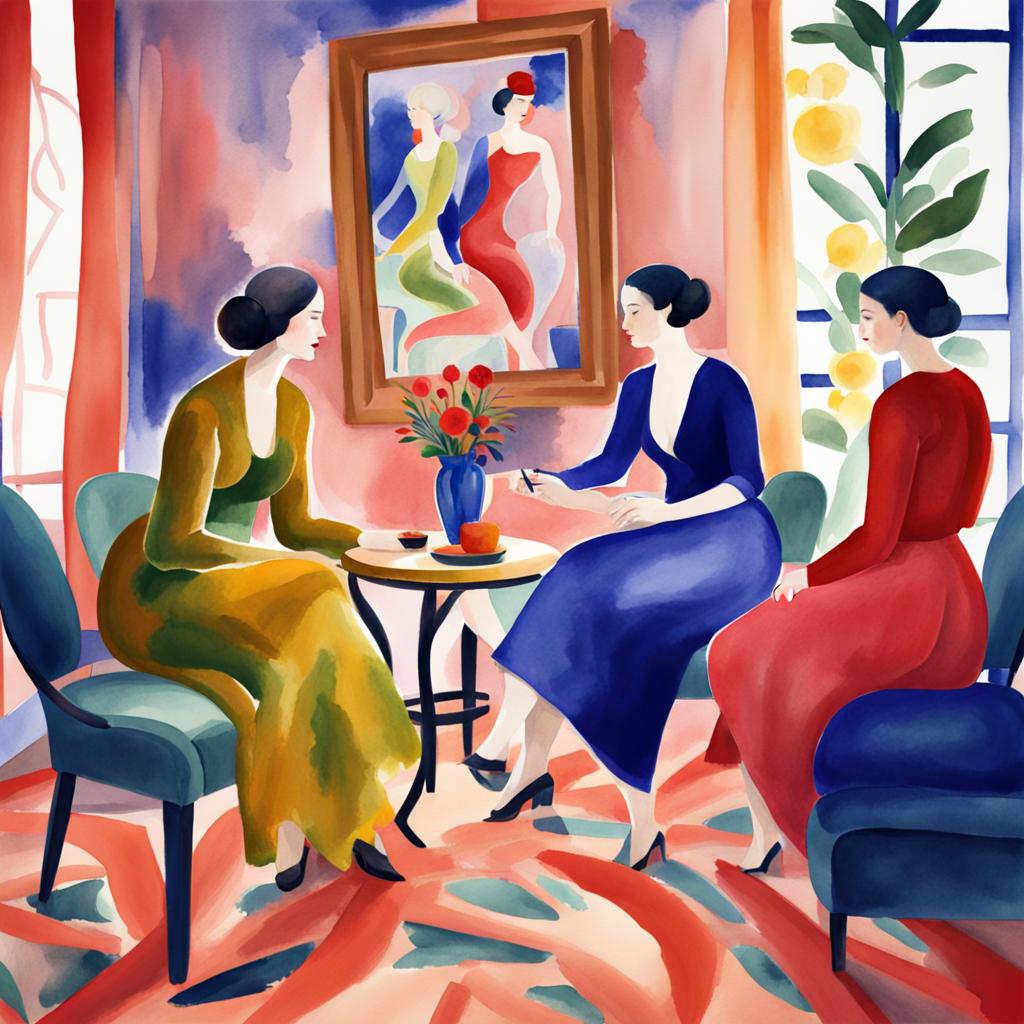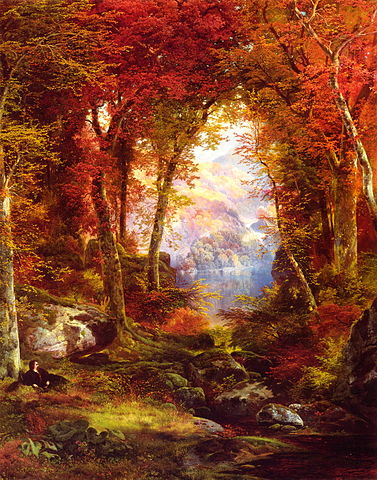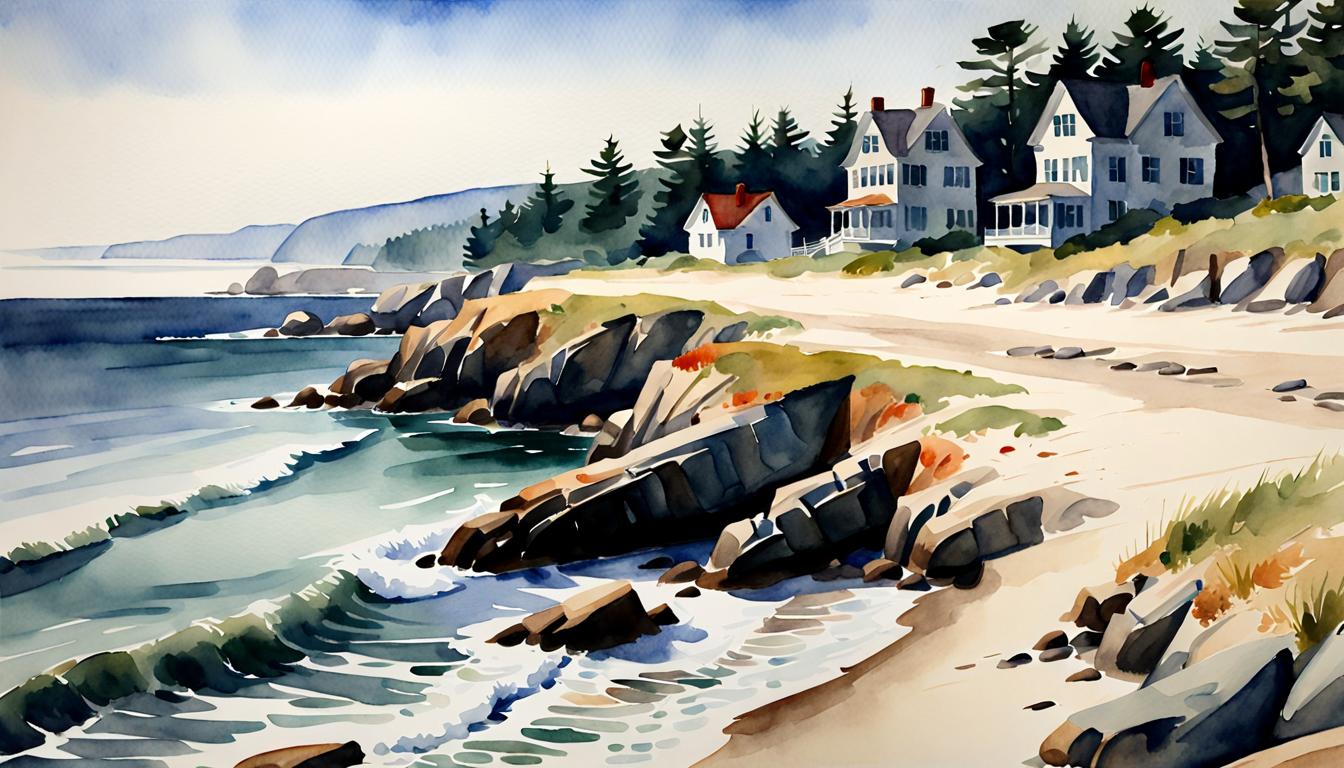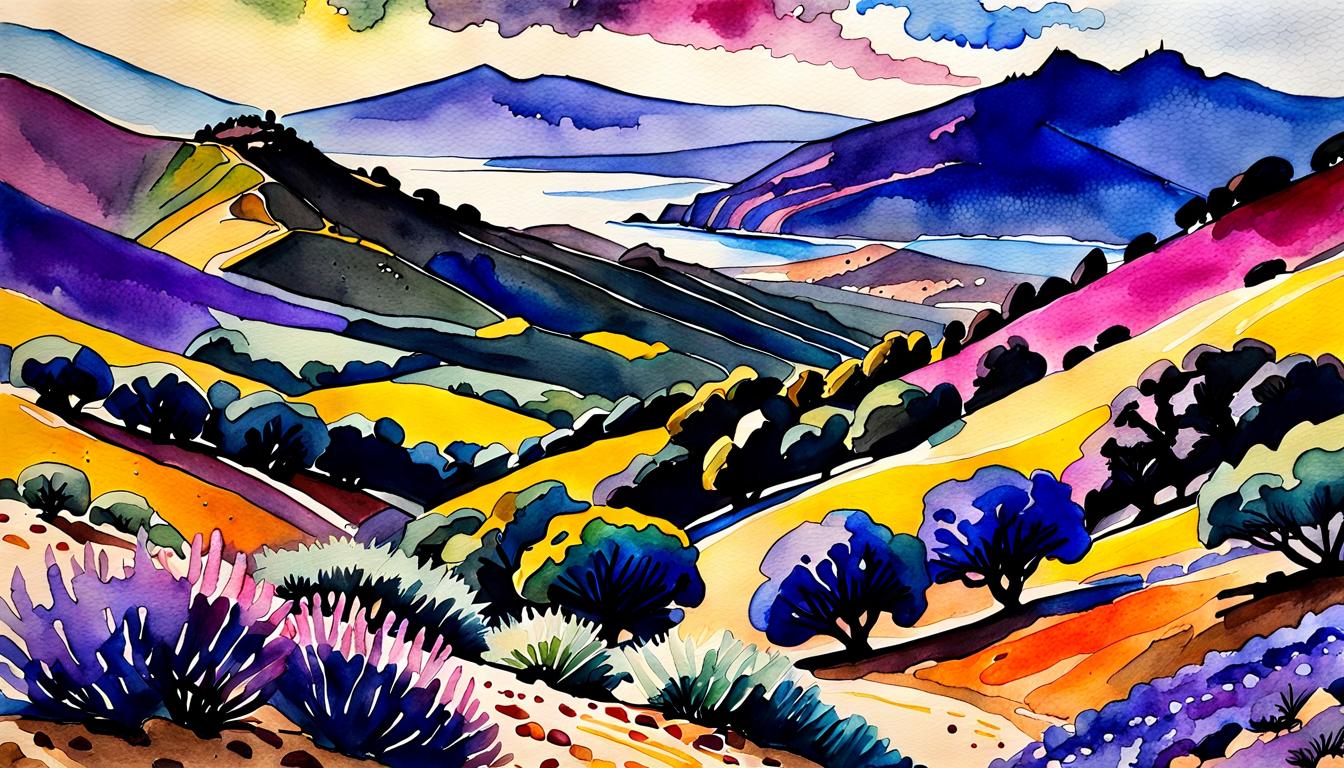Henri Matisse was one of the most influential and versatile artists of the 20th century. He is widely regarded as a pioneer of modern art and a master of color and form. Although he is best known for his paintings in oil, he also experimented with other mediums, such as sculpture, printmaking, and collage. One of his lesser-known but equally fascinating artistic endeavors was watercolor painting.

Matisse makes a drawing, then he makes a copy of it. He copies it five times, ten times, always clarifying the line. He’s convinced that the last, the most stripped down, is the best, the purest, the definitive one; and in fact, most of the time, it was the first. In drawing, nothing is better than the first attempt.
Pablo Picasso, a Spanish artist and rival of Matisse.
Watercolor is a technique that involves applying transparent or semi-transparent pigments diluted with water to a paper surface. It is a challenging medium that requires skill, patience, and spontaneity. Watercolor paintings are often admired for their lightness, freshness, and fluidity.
Matisse used watercolor to create vibrant and expressive paintings that showcased his unique style and vision. In this blog post, we will explore how Matisse used watercolor to create some of his most remarkable works of art.
Matisse’s Early Watercolors
Matisse started using watercolor in the late 1890s, when he was still a student at the École des Beaux-Arts in Paris. He was influenced by the Impressionists and Post-Impressionists, who used watercolor to capture the effects of light and atmosphere on landscapes and scenes of everyday life.
Some of his early watercolors include:
- The Luxembourg Gardens (1901-02): This painting depicts a view of the famous park in Paris, where Matisse often went to sketch and relax. He used watercolor to create a soft and harmonious impression of the trees, flowers, and people in the park.
- Still Life with Vase, Bottle and Fruit (1903-06): This painting shows a simple arrangement of objects on a table. Matisse used watercolor to create contrast between the bright colors of the fruits and the muted tones of the background.
- A Glimpse of Notre-Dame in the Late Afternoon (1902): This painting shows a partial view of the iconic cathedral in Paris, seen from a window. Matisse used watercolor to create a subtle and atmospheric effect of light and shadow on the architecture.
Matisse’s Fauvist Watercolors
In 1905, Matisse and his fellow artists André Derain, Maurice de Vlaminck, and others exhibited their paintings at the Salon d’Automne in Paris. Their works were characterized by bold and expressive use of color, often applied directly from the tube without mixing or blending. The critic Louis Vauxcelles dubbed them “les fauves” (the wild beasts), and thus the movement of Fauvism was born.

Matisse was the leader of the Fauves, and he used watercolor to explore his new aesthetic. He used watercolor to create vibrant and expressive paintings that emphasized color over realism. He also used watercolor to sketch out his ideas for larger oil paintings.
Some of his Fauvist watercolors include:
- Luxury, Calm, and Desire (1904): This painting shows a scene of three women relaxing on a beach. Matisse used watercolor to create a contrast between the warm colors of the figures and the cool colors of the sea and sky. He also used watercolor to create a sense of movement and rhythm in the composition.
- Study for Luxury, Calm, and Desire (1904): This painting is a sketch for the previous one. Matisse used watercolor to outline the shapes and colors of the figures and the background. He also used watercolor to experiment with different arrangements and perspectives.
- Nude with a White Wash Towel (1902-03): This painting shows a nude woman lying on a bed with a white towel covering her lower body. Matisse used watercolor to create a contrast between the warm colors of the woman’s skin and hair and the cool colors of the towel and the bedsheet. He also used watercolor to create a sense of depth and volume in the figure.
Matisse’s Later Watercolors
In the 1910s, Matisse moved away from Fauvism and developed a more refined and balanced style that incorporated elements of Cubism, Orientalism, and Classicism. He continued to use watercolor as a medium for experimentation and expression. He used watercolor to create paintings that were more abstract, geometric, and decorative.
Some of his later watercolors include:
- The Blue Window (1913): This painting shows a view of a window with blue curtains overlooking a garden. Matisse used watercolor to create an abstract composition that reduced the forms to simple shapes and colors. He also used watercolor to create a contrast between the flatness of the window and the depth of the garden.
- The Goldfish (1912): This painting shows a bowl of goldfish on a table with a vase of flowers and a sculpture. Matisse used watercolor to create a colorful and dynamic composition that combined different elements of nature and culture. He also used watercolor to create a sense of movement and harmony in the painting.
- The Snail (1953): This painting is one of Matisse’s famous cut-outs, which he made by cutting out shapes from colored paper and arranging them on a larger sheet. He used watercolor to paint the paper before cutting it. He also used watercolor to create a contrast between the bright colors of the cut-outs and the white background.
Galleries Featuring Famous Henri Matisse Paintings
| Gallery | Location | Painting | Date |
|---|---|---|---|
| The Art Institute of Chicago | Chicago, USA | Bathers by a River | 1909–10, 1913, and 1916–1917 |
| The Metropolitan Museum of Art | New York, USA | Still Life with Vase, Bottle and Fruit | 1903-06 |
| The Museum of Modern Art | New York, USA | The Blue Window | 1913 |
| The National Gallery of Art | Washington, D.C., USA | The Goldfish | 1912 |
| Tate Modern | London, UK | The Snail | 1953 |
Conclusion
Matisse was a master of watercolor, and he used it to create some of his most vibrant and expressive paintings. He used watercolor to capture the effects of light and color on different subjects, such as landscapes, still lifes, and figures. He also used watercolor to experiment with different styles, such as Impressionism, Fauvism, and Abstraction.


